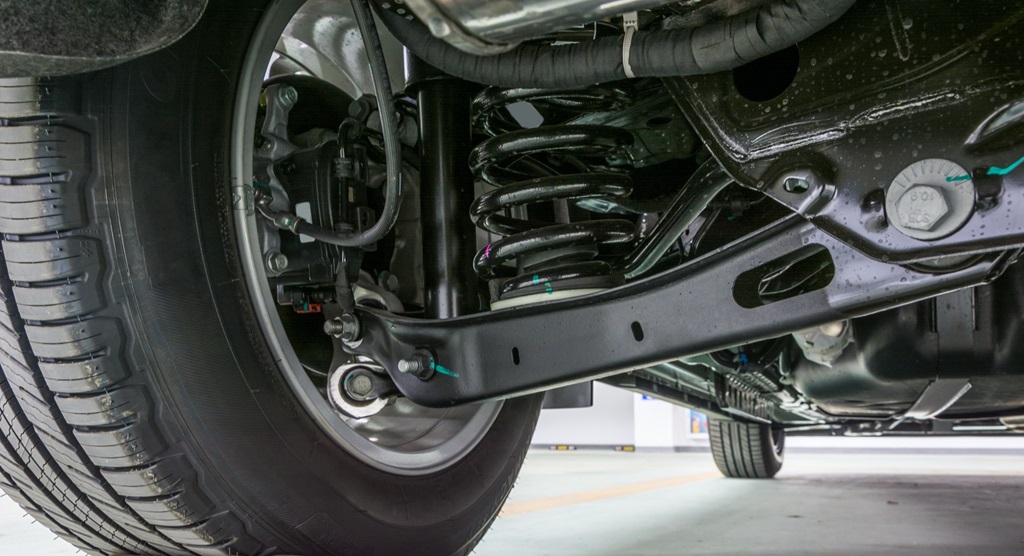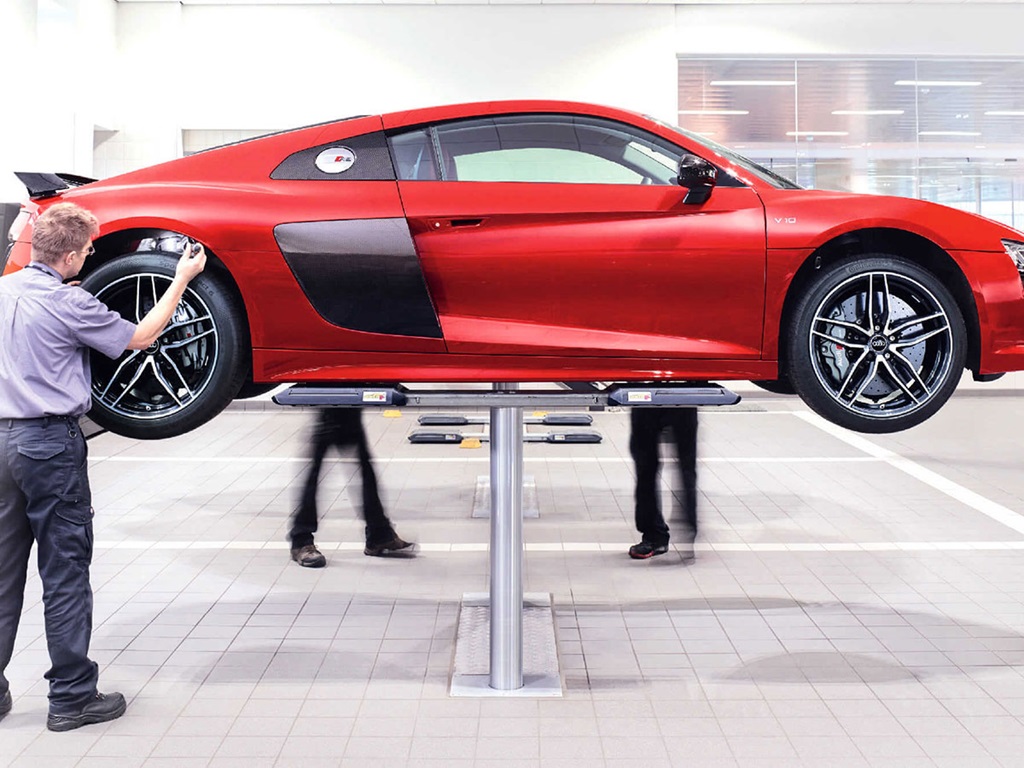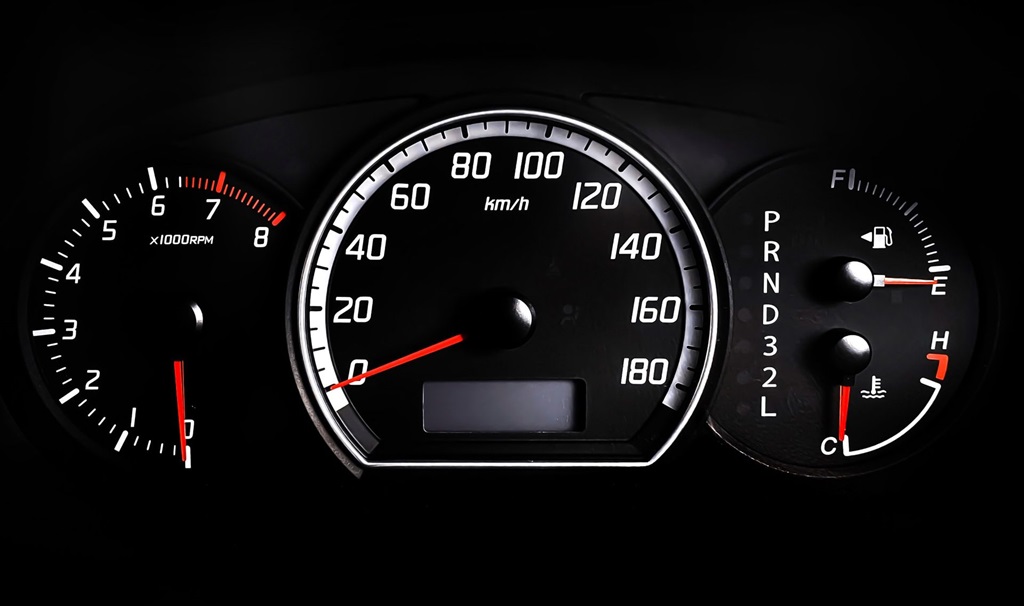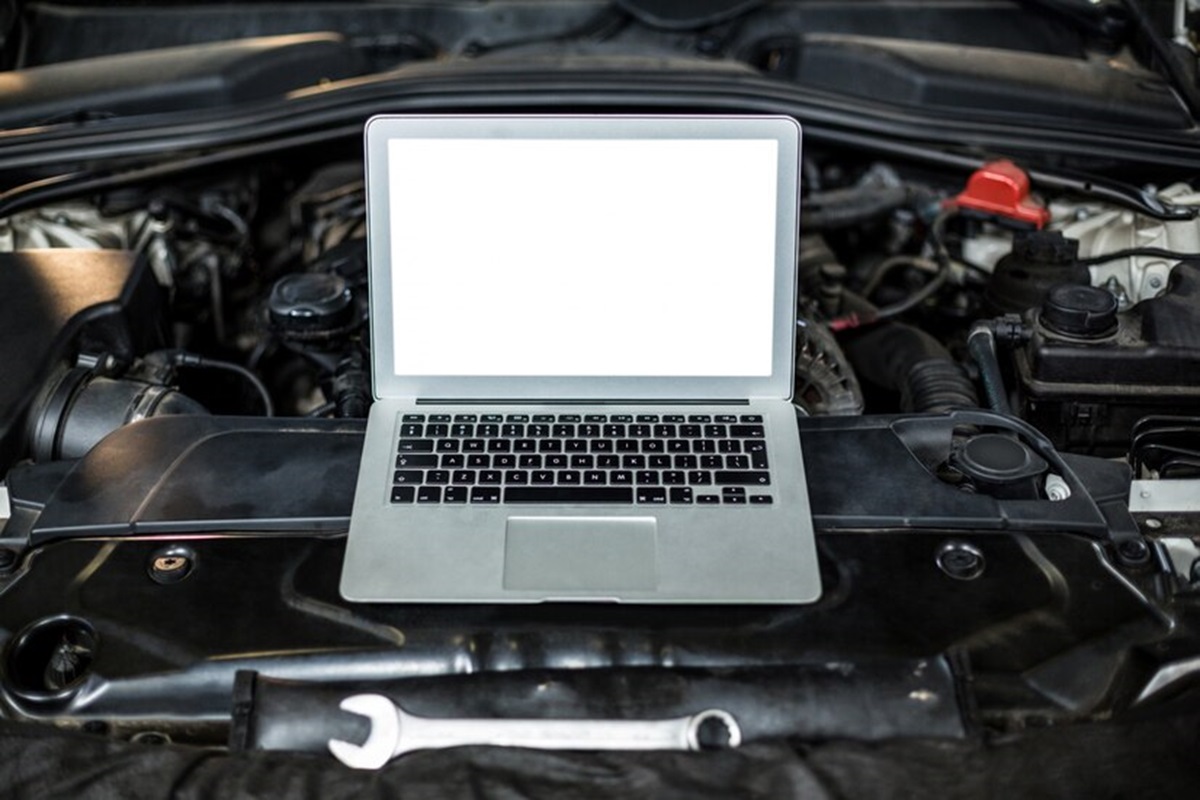Routine maintenance is key to ensuring the longevity and reliable performance of your vehicle. While a basic oil change can help keep your engine running smoothly, a comprehensive multi point inspection is essential for a thorough evaluation of all major systems. By examining critical components such as the brakes, suspension, and steering, technicians can detect potential issues before they develop into costly problems. Don’t underestimate the importance of regular Multi Point Inspections – they can save you time, money, and headaches in the long run.
What Does the Multi Point Inspection Cover?
The technician thoroughly examines the following areas:
Engine and Internal Systems
A Multi Point Inspection pops the hood for a full evaluation. The engine undergoes scrutiny regarding:
– Performance
– Oil levels
– Leaks
– Belts and hoses
– Air, fuel, and oil filters
Issues like low oil levels or leaks require prompt attention. Otherwise, you risk expensive repairs down the road.
Braking System
Brakes endure constant strain. So technicians check:
– Brake pad thickness
– Rotor condition
– Fluid levels
– Overall braking functionality
Thin pads or rotors suggest imminent replacement needs. Low fluid levels hamper effectiveness. Addressing minor braking issues now prevents huge headaches later.
Tires
Your tires endure pounding pavement daily. The inspection reports tread depth, wear patterns, air pressure, and general tire condition. Low tread depth or uneven wear patterns indicate rotation or replacement needs. Proper inflation promotes safety while enhancing fuel economy.
Exterior Lighting
All exterior lights undergo examination, including:
– Headlights
– Taillights
– Turn signals
– Brake lights
Burned-out bulbs compromise visibility and safety. The inspector notes any non-working lights requiring new bulbs.
Steering and Suspension
Your steering and suspension components suffer constant strain from potholes and bumpy roads. The Multi Point Inspection analyzes:
– Wheel alignment
– Tire wear patterns
– Steering wheel play
– Shock absorber functionality
Misaligned wheels accelerate uneven tire wear. Excess steering wheel movement hints at mechanical issues. Worn shocks reduce control and allow for excess vehicle motion.
Fluid Levels and Condition
Fluids are the lifeblood of your automobile. The inspector examines levels and condition of vital liquids, like:
– Engine oil
– Coolant
– Brake fluid
– Transmission fluid
Low levels leave internal components unprotected. Discoloration or contaminants suggest fluid breakdown and the need for replacement.
Filters
Clogged filters hamper engine performance and efficiency. The technician checks the vehicle’s filters, including:
– Air filter
– Cabin air filter
– Fuel filter
Dirty filters obstruct vital airflow and fuel delivery. Replacing clogged elements helps boost horsepower and mileage.
Battery and Charging System
A weak battery struggles cranking your engine. Corroded battery cables restrict vital power flow. The MPI tests:
– Battery voltage and charge level
– Cable and terminal condition
Recharging or replacing a dead battery prevents getting stranded with a no-start condition. Clean connections ensure maximum voltage reaches your vehicle’s electrical components.
Windshield Wipers
Wiper blades endure sun, snow, and rain. The inspection examines blade condition and wiper operation. Brittle, cracked blades smear rather than clear water. Faulty wiper motors fail wiping away precipitation and compromising visibility.
Exterior Condition
While examining lights, technicians check the vehicle’s body panels, paint, glass, lights, and mirrors for chips, cracks, or other damage. Early detection saves money by preventing further corrosion or cracks from spreading.
Interior Condition
Technicians also inspect the cabin, checking upholstery, dash, gauges, lighting, and controls. Stains, rips, or broken knobs detract from your driving experience. Non-working interior lights also undergo inspection and replacement to maintain visibility.
Why Drivers Need Multi Point Inspections
Skipping routine maintenance often leads to major mechanical meltdowns. Multi Point Inspections provide the following benefits:
Enhances Safety
Minor issues turn major quickly. Identifying potential car problems early prevents breakdowns or accidents down the road. You’ll have peace of mind knowing vital systems won’t fail at the worst possible moment.
Optimizes Performance
Allowing mundane maintenance items to pile up hinders performance. Regular system checks ensure all components run cleanly and efficiently for peak operation.
Saves Money
Like changing the oil, the MPI seems like an added, unnecessary cost. But early detection of minor issues prevents huge repair bills later. You’ll save substantially by addressing problems before they require replacing entire assemblies.
Promotes Fuel Economy
A finely-tuned vehicle burns less fuel. Spotting dirty filters, low tire pressure, or engine issues early optimizes economy and saves money at the pump.
Prolongs Vehicle Life
Letting routine maintenance slide accelerates wear and tear on components. Consistent inspections and repairs extend the lifespan of major systems, adding years of faithful service.
How Frequently Should Drivers Get Multi Point Inspections?
Most experts suggest getting an MPI every six months or 6,000 miles. Of course, certain drivers may require more or less frequent inspections. Here are some general guidelines:
High-Mileage Vehicles
Once your odometer exceeds 75,000-100,000 miles, some components are near replacement age. More frequent inspections help spot impending issues on higher-mileage vehicles.
Extreme Conditions & Heavy Usage
Frequent towing, stop-and-go driving, or operation in extreme weather accelerates wear. Severe service may necessitate more regular MPIs to stay ahead of problems.
When Buying Used Cars
Before purchasing a pre-owned vehicle, get an MPI first. The inspection provides assurance of the car’s condition before money changes hands. It also informs you of any lurking issues the seller may not disclose.
Long Trips
Even newish, low-mileage cars benefit from an MPI before extended journeys. Confirming all systems run properly prevents finding yourself stranded far from home.
Odd Noises or Symptoms
Hearing new drivetrain noises, smelling odd odors, or noticing performance changes warrants an immediate inspection. Don’t ignore warning signs of impending trouble.
Where Can Drivers Get Multi Point Inspections?
Many dealership service centers and independent repair facilities offer MPI services. Shops like AAA Car Care Plus centers perform comprehensive inspections using factory diagnostic equipment. Look for these traits in an MPI provider:
Factory Training
Technicians require extensive knowledge covering multiple vehicle makes and models. Seek shops whose technicians undergo regular factory training to stay current on the latest models.
Digital Inspections
Avoid old-school shops still using paper checklists. Digital inspections reduce missed items and provide customers with printed reports. Digital records also help technicians compare results from previous visits to identify trends.
Latest Diagnostic Tools
Cutting-edge tools like scan tools, leak detectors, and brake lathes help pinpoint lurking issues. Well-equipped shops perform more thorough inspections, resulting in higher customer satisfaction.
Clean Facilities
While tools and training ensure thorough inspections, dirty, cluttered shops reflect poorly on technician competence. Seek out tidy facilities as an indicator of attention to detail.
Positive Online Reviews
It helps to read feedback from current customers before choosing an MPI provider. Numerous positive mentions suggest the shop satisfies most patrons. But read the negative critiques as well to foresee potential pitfalls.
When looking for a quality MPI, don’t settle on shops lacking advanced technology or proper credentials. Prioritizing price over performance often leads to repeating repairs when undetected issues resurface. Spending a little more with factory-approved providers reduces repeat visits. You’ll drive away confident in your vehicle’s road-readiness.
Last Thoughts
Skimping on routine maintenance often proves more expensive when neglected issues leave you stranded on the roadside. Consistent Multi Point Inspections identify minor repair needs before they become major headaches. Prioritizing periodic MPIs saves money over the long run by keeping your vehicle running reliably for years to come. Don’t wait for warning lights or odd noises indicating lurking problems. Be proactive in protecting your automotive investment through regular comprehensive checkups.
Frequently Asked Questions
How much does a Multi-Point Inspection cost?
Expect to spend $100-$150 for a comprehensive MPI from most national chain shops. Highline dealers may charge upwards of $200. Independent garages often undercut chains by $20-$50.
What’s the difference between an MPI and oil change?
Oil changes just replace fluids. An MPI evaluates all major vehicle systems, identifying worn parts requiring repair or replacement to keep you safely rolling down the highway.
Why not just inspect areas causing trouble?
Ignoring seemingly sound systems allows undiscovered problems to progress toward failure. Identifying minor issues early via an MPI prevents roadside breakdowns resulting in costly towing and repairs.
Isn’t a vehicle under warranty safe skipping MPIs?
Factories only cover defective parts, not maintenance or wear items. An MPI spotlight covered defects plus worn components requiring attention to keep from failing after the warranty expires.
Do MPIs take a long time?
Inspection times vary depending on vehicle mileage, condition, and technology. Generally, expect to be without your vehicle for 1-2 hours to allow for a thorough analysis.









